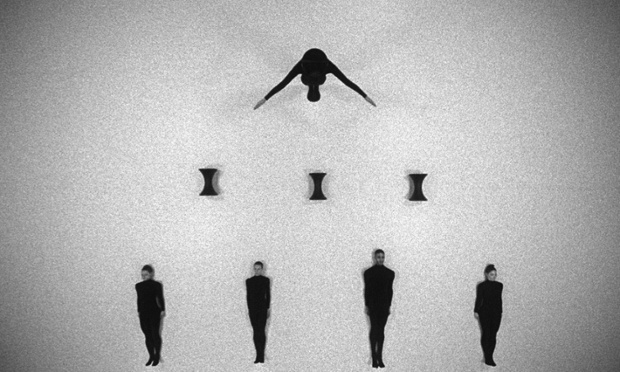
How to understand this year’s Turner Prize winner
Duncan Campbell’s film essay It for Others is complex, but you can get your head round it via these Phaidon books
Congratulations to Duncan Campbell, the 42-year-old Irish-born, Scottish-based artist who won this year’s Turner Prize. His 54-minute 20013 “film essay”,_ It for Others_, was described by the jury as “an ambitious and complex film which rewards repeated viewing”. It certainly raises big, difficult subjects, yet Campbell doesn’t spoon-feed its viewers, simple, didactic answers. So, where should a perplexed gallery-goer turn? To the Phaidon catalogue, of course.
Propaganda : Campbell’s film isn’t some art-world whimsy, but deals with real-world themes. The artist studied at the University of Ulster and has examined the civil conflicts of Northern Ireland in the past. It for Others addresses the way certain images can be refashioned to suit certain political agendas. For an object lesson in 20th-century visual manipulation on a massive scale, consider our book, Iron Fists, which looks at propaganda in Nazi Germany and Stalinist Russia.

Performance: forget Freakonomics! When Campbell chose to represent the development of economic theory, he decided to collaborate with the famed British dance group, the Michael Clark Company. Learn how bodies can represent such unrelated topics in our book, The Artist’s Body

Marxism : and speaking of critical take on capitalism, art-lovers less familiar with Karl Marx would do well to read Art History and its Methods, which offers a great overview of how Das Capital changed the way we regard the art world.
Primitivism : Campbell’s film reworks and was shown alongside Alain Resnais and Chris Marker's 1953 film, Statues Also Die. This earlier movie looks at the commodification of primitive art. This Western fetish for so-called primitive art also intrigued the great art historian EH Gombrich. Read his final book, The Preference for the Primitive, to unpack these ideas.
{media2}
Biennials : It For Others was created as Scotland’s submission to 2013 Venice Biennale. With its international outlook, long running time, and not entirely art-market friendly subject matter, Campbell’s film is the kind of work large, regular international art events such as this help create. Find out more about the development of Venice and other such events in this succinct overview, Biennials and Beyond. And don't forget you can buy all these books - each one delivered in time for Christmas - from the people who made them, here.